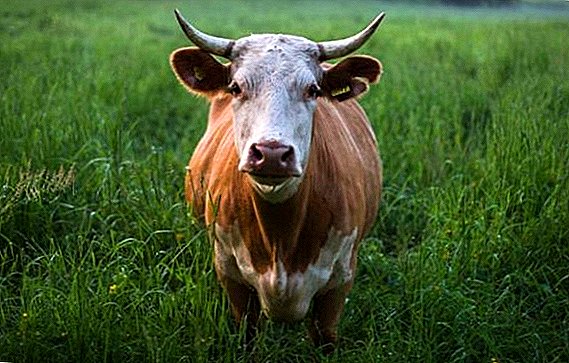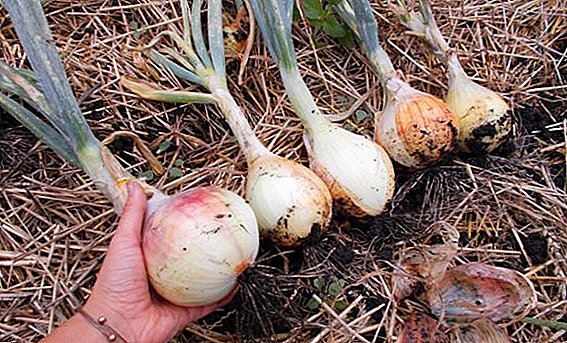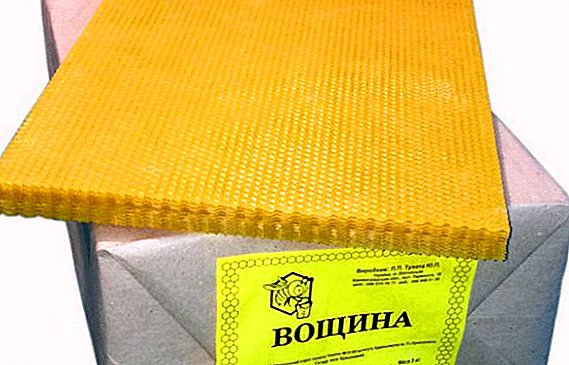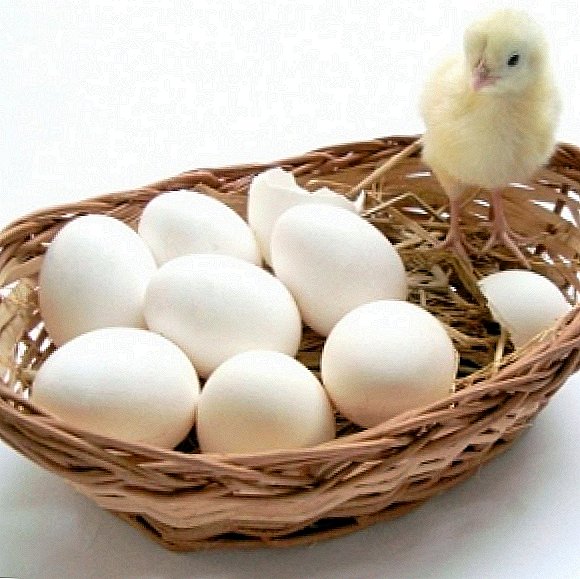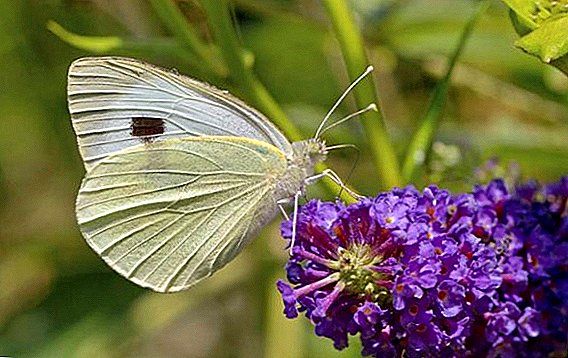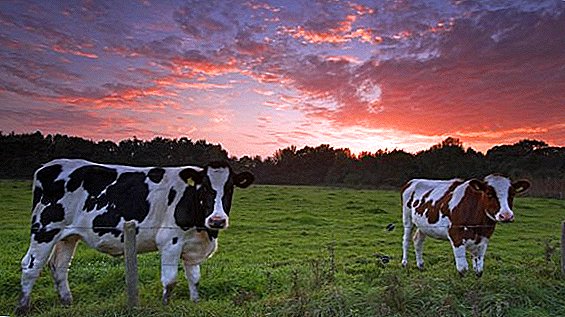 In a farm of almost any size, there is always a culling of animals. This is a very important aspect of livestock, which largely determines the profitability and return on the maintenance of cows. Properly and timely carried out the selection of animals allows the most efficient use of livestock. In this article we will talk about the reasons and types of culling, how to calculate the level of selection of cattle.
In a farm of almost any size, there is always a culling of animals. This is a very important aspect of livestock, which largely determines the profitability and return on the maintenance of cows. Properly and timely carried out the selection of animals allows the most efficient use of livestock. In this article we will talk about the reasons and types of culling, how to calculate the level of selection of cattle.
What it is
By culling means the selection and exclusion (disposal) of cows from the main herd for various reasons (health condition, sale, slaughter). Rejected cows are the weakest, the sick, and the animals that are poorly adapted to environmental conditions. Culling is carried out to optimize production and maximize returns from livestock.
To assess the condition of the entire herd and the quality of each animal, cattle grading is carried out.
It is necessary to conduct selection based on the principles of economic expediency, since its too high level, like too low, negatively affects the profitability of production. 
The main reasons for culling
One of the main reasons for culling is the age of the animal. However, this is an indirect reason, since age itself is not a criterion of choice, and even 10-year-old cows can be kept in the herd without any problems, giving a good milk yield.
Another thing is that with age, some animals may decrease productivity, pathologies and diseases may develop, which are the basis for culling.
See also: what is the weight of a cow and what does it depend on.
The main reasons for the selection of dairy cows:
- loss of reproductive function due to obstetric and gynecological diseases and pathologies (30% of culling);
- low milk production and other livestock marriages (25% of culling);
- internal non-infectious surgical pathologies and diseases, including limbs and hoofs (18% of culling);
- breast pathology (13% of culling);
- other reasons.
 Breast pathologies are one of the main reasons for selecting cows. On average, the percentage of culling in farms is 25-35%, but this figure can increase to 40-50% with the expansion of the herd and the increase in milk production. Often, the percentage of culling increases significantly if there are more than 50 heads per one farm worker.
Breast pathologies are one of the main reasons for selecting cows. On average, the percentage of culling in farms is 25-35%, but this figure can increase to 40-50% with the expansion of the herd and the increase in milk production. Often, the percentage of culling increases significantly if there are more than 50 heads per one farm worker.Cattle herders should consider the structure of the udder of the cow, the processes of formation and excretion of milk, and also find out what symptoms and methods of treatment of dairy stones and udder swelling in cows.
When acquiring new cows for the purpose of expanding the herd, newly arrived individuals can bring infectious diseases to the herd, which also increases the sifting of animals.
According to statistics from various farms, almost 50% of culled animals are young cows of the first and second lactation. This is extremely unprofitable for the farm, because for 1-2 years the cow’s maintenance before the productive age only pays off, so farmers need to make every effort to increase the productive "longevity" of the cows. 
Culling categories
The selection of animals can be purposeful and forced.
Did you know? Today, there are approximately 1.3 billion cows in the world. The leaders in the breeding of cows are India, the European Union and Brazil.
Focused
In this case, there is a selection of healthy animals for the intended replacement of part of the livestock, sales to other farms. This type of culling is economically justified.
Forced
Forced elimination of cows is unintended and occurs most often for such reasons:
- mastitis. It develops in cows with high productivity due to improper milking technology, feeding and non-compliance with the conditions of detention;
- reproductive impairment;
- limb diseases. Most often manifested in the form of lameness. Occur due to crowded content, improper flooring, improper bedding, and so on. Since lameness causes severe pain as a result of injuries, this inevitably leads to a decrease in appetite and, accordingly, milk yield;
- complications during pregnancy and calving. Among the complications are paresis, bleeding, metritis, injuries of the birth canal, etc. In chicks with complicated childbirth, initial low milk production is almost always observed. The reason for this phenomenon - a violation of the diet and feeding;
- internal non-communicable diseases;
- disease with unexplained etiology.
 Diseases of the limbs - one of the reasons for culling cattle
Diseases of the limbs - one of the reasons for culling cattleHow to calculate the level of culling animals
The percentage of elimination of animals can be calculated by the following formula: % in = 100% / T.
In this formula, T denotes the number of years during which a cow is used. It is known that the largest percentage of culling falls on heifers of the first and second year, then the level decreases. For example, if cows are used for 5 years, then the percentage of dropping out will be 100/5 = 20%.
It will certainly be useful for you to find out the most common diseases of cows and the features of their treatment, as well as read about the causes, effects and treatment of diseases of the hoofs of cows.
Also, the level of elimination in a particular herd can be calculated by a different formula: Uv =P. general /Pv In this formula, P. p. Denotes the number of retired animals for a certain period. P. general is the total number of heads in the herd, which also includes the offspring and newly arrived cows. 
How to conduct culling in the herd
It is necessary to carry out the selection among all age groups of the population, it is also worth selecting animals by age and health status:
- Uterus. In this category, reproductive abilities of the female should be assessed. If problems arise during gestation or during calving, the females are also rejected, because often after difficult calving they have health problems that cannot be corrected either rationally or impossible.
- Manufacturers. Bulls may remain inseminated for up to 14 years, but it is recommended that farmers replace them every 2–3 years to avoid related breeding. Gobies should be of high breeding category, have a muscular strong build. Evaluate and select the manufacturer must be zootechnical method for the quality of the resulting offspring.
- Applause. To evaluate the offspring, it is necessary to measure the weight at birth, when switching to solid foods and in the process of keeping, it is also necessary to take into account the growth rates. Calves with a low growth rate or a high incidence in the future are more likely to show low yields.
- According to the age. Usually in dairy production cows are used up to the 6-7th lactation. For selection, it is necessary to compare the levels of milk yield by herd and identify individuals with the lowest indices.
- For health. It is necessary to monitor the health status of the baby from birth, conducting control examinations at 3, 9 and 12 months, and then annually.

Thus, the culling of cattle is an integral, extremely important process in animal husbandry. It is necessary to take a responsible approach to the selection of animals, to regulate the percentage of selection and, when it increases, look for the cause.
We recommend to consider ways of keeping cows.
To increase profitability, you need to try to extend the productive period ("period of use") of the little cows, providing them with favorable conditions of maintenance, microclimate, diet, and also follow the techniques and rules of milking, constantly monitor their health.


